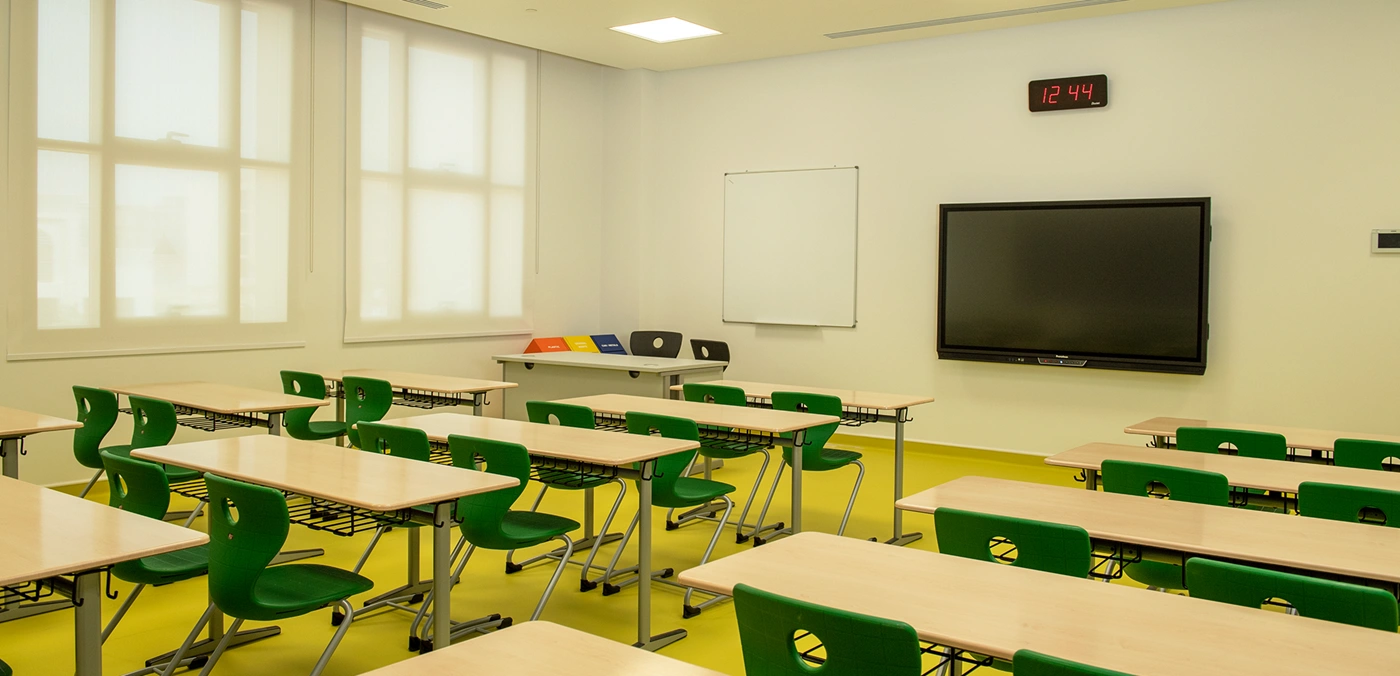Introduction
Engaging lectures are key to effective learning. Students often struggle with maintaining focus during long lectures, leading to reduced comprehension and retention. A well-structured and interactive lecture can capture attention, encourage participation, and improve overall learning outcomes.
In this blog, we’ll explore proven strategies to make lectures more engaging, dynamic, and impactful.
1. Start with a Strong Hook
The first few minutes of a lecture are crucial in grabbing students’ attention. A compelling start can set the tone for an engaging session.
Effective Ways to Start a Lecture:
- Pose a thought-provoking question
- Use a surprising fact or statistic
- Share a relevant story or real-world example
2. Encourage Student Interaction
Passive learning can lead to disengagement. Encouraging students to participate keeps them involved and improves retention.
Ways to Promote Interaction:
- Ask open-ended questions throughout the lecture
- Use live polls and quizzes to assess understanding
- Encourage group discussions and peer collaboration
3. Integrate Multimedia and Visuals
Students respond better to engaging visuals than long blocks of text or speech. Incorporating multimedia can make complex topics easier to understand.
Effective Use of Multimedia:
- Slides with infographics and charts for data-heavy topics
- Short video clips to illustrate key concepts
- Animations and simulations for visualizing complex ideas
4. Use Real-World Examples and Case Studies
Students connect better with information when they see its real-world application. Using examples from everyday life makes learning more relatable.
Case Study Techniques:
- Analyze current industry trends related to the subject
- Use case studies of famous companies or historical events
- Encourage students to share personal experiences
5. Make the Lecture Conversational
Lecturing in a formal, monotonous tone can be disengaging. A conversational approach makes the class feel more natural and interactive.
Tips for a Conversational Style:
- Use humor and storytelling to create a relaxed environment
- Address students directly and involve them in discussions
- Break complex ideas into relatable, simple explanations
6. Introduce Active Learning Techniques
Active learning keeps students engaged by allowing them to participate rather than passively absorb information.
Popular Active Learning Strategies:
- Think-Pair-Share: Students discuss topics in pairs before sharing with the class
- Role-playing or debates to encourage critical thinking
- Hands-on activities and problem-solving exercises
7. Break the Lecture into Short Segments
Long, uninterrupted lectures can lead to cognitive overload. Dividing content into short, focused sections helps maintain attention.
How to Structure Lectures for Engagement:
- Use 10-15 minute segments for different topics
- Include short breaks for discussions or activities
- Summarize key points before transitioning to the next section
8. Use Technology to Enhance Engagement
Leveraging digital tools can make learning more interactive and accessible.
Tech Tools for Interactive Lectures:
- Kahoot! or Mentimeter for real-time quizzes
- Virtual whiteboards for collaborative brainstorming
- AI-powered personalized learning platforms
9. Case Study: How a University Transformed Its Lectures
A leading university redesigned its lecture format by integrating interactive discussions, real-world applications, and gamification. The result? A 40% increase in student engagement and improved retention rates.
10. How D&B Designs Engaging Learning Environments
D&B specializes in creating interactive and student-centered learning spaces that promote engagement and innovation.
Our Approach:
- Designing classrooms with flexible seating for group discussions
- Incorporating smart boards and digital tools for multimedia learning
- Optimizing acoustics and lighting to enhance focus
Conclusion: The Future of Engaging Lectures
Making lectures more interesting is about active participation, real-world relevance, and the smart use of technology. Educators who embrace interactive strategies and dynamic teaching methods will see better student engagement and learning outcomes.
For expert-designed learning spaces, D&B offers innovative solutions that support engaging and effective education.

